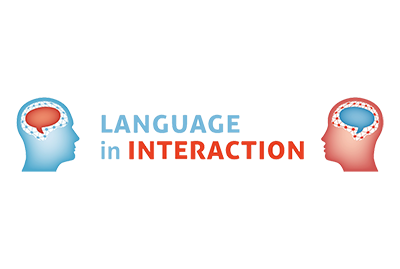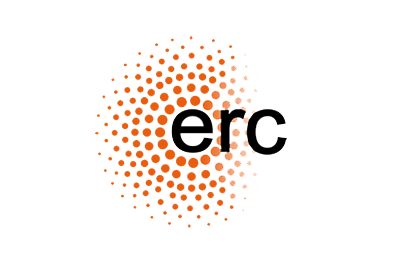Our overarching goal is to crack the cognitive code. The fundamental question in cognitive neuroscience—what are the key coding principles of the brain enabling human thinking—still remains largely unanswered. In our long-term aim to tackle this question, we use two model systems: human memory and the neural population code for space, representing the summed activity of neurons while processing an individual’s position in its environment. This is based on one of the most fascinating discoveries in neuroscience, the Nobel Prize-awarded identification of spatially responsive cells in the rodent brain, in a region called the hippocampal formation. So-called hippocampal place cells, and grid cells in the nearby located entorhinal cortex, signal—in concert with other spatially tuned cells—position, direction, distance and speed. Thereby they provide an internal spatial map, the brain’s SatNav, the most intriguing coding scheme in the brain outside the sensory system.
Our framework is concerned with the key idea that this navigation system in the brain—potentially as a result of evolution—provides a fundamental neural metric for human cognition. Specifically, we propose that the brain represents experience in so-called ‘cognitive spaces’. For illustration, consider the simple example of describing cars, which you might do along two dimensions, their engine power and their weight. Depending on the two features, racing cars, for instance, would occupy a region characterized by high power and low weight, whereas campers by low power and high weight. We test the overarching model that—akin to representing places and paths in a spatial map—similar coding principles are involved in the formation of such cognitive spaces. Importantly, in our experimental framework we investigate if these domain-general principles support a broad range of our fundamental cognitive functions, ranging from spatial navigation, memory formation, learning, imagination, and perception to time processing, decision making, and knowledge acquisition.
Two translational research goals follow directly from this overarching mission: On the one hand we want to translate basic neuroscience to information technology to develop tools such as brain-computer interfaces to accelerate learning and to enhance cognition—with wider implications for real-world settings, such as school education. On the other hand, we want to transfer it to the clinic to identify novel biomarkers for the early detection of Alzheimer’s disease, which first affects entorhinal cortex. Our approach on neural coding in cognitive spaces can open an exciting new window into understanding this disease.
Discoveries are only made possible through innovative technologies. Our central, bread-and-butter research tools are space-resolved, functional magnetic resonance imaging (fMRI), including high-field scanning, to understand on a microarchitecture level how structure and function are associated to each other as well as time-resolved magnetoencephalography (MEG) to examine brain oscillations supporting cognition. We further combine neuroimaging with machine learning analysis techniques, informed by artificial intelligence, and innovative cognitive tasks, including virtual reality.







